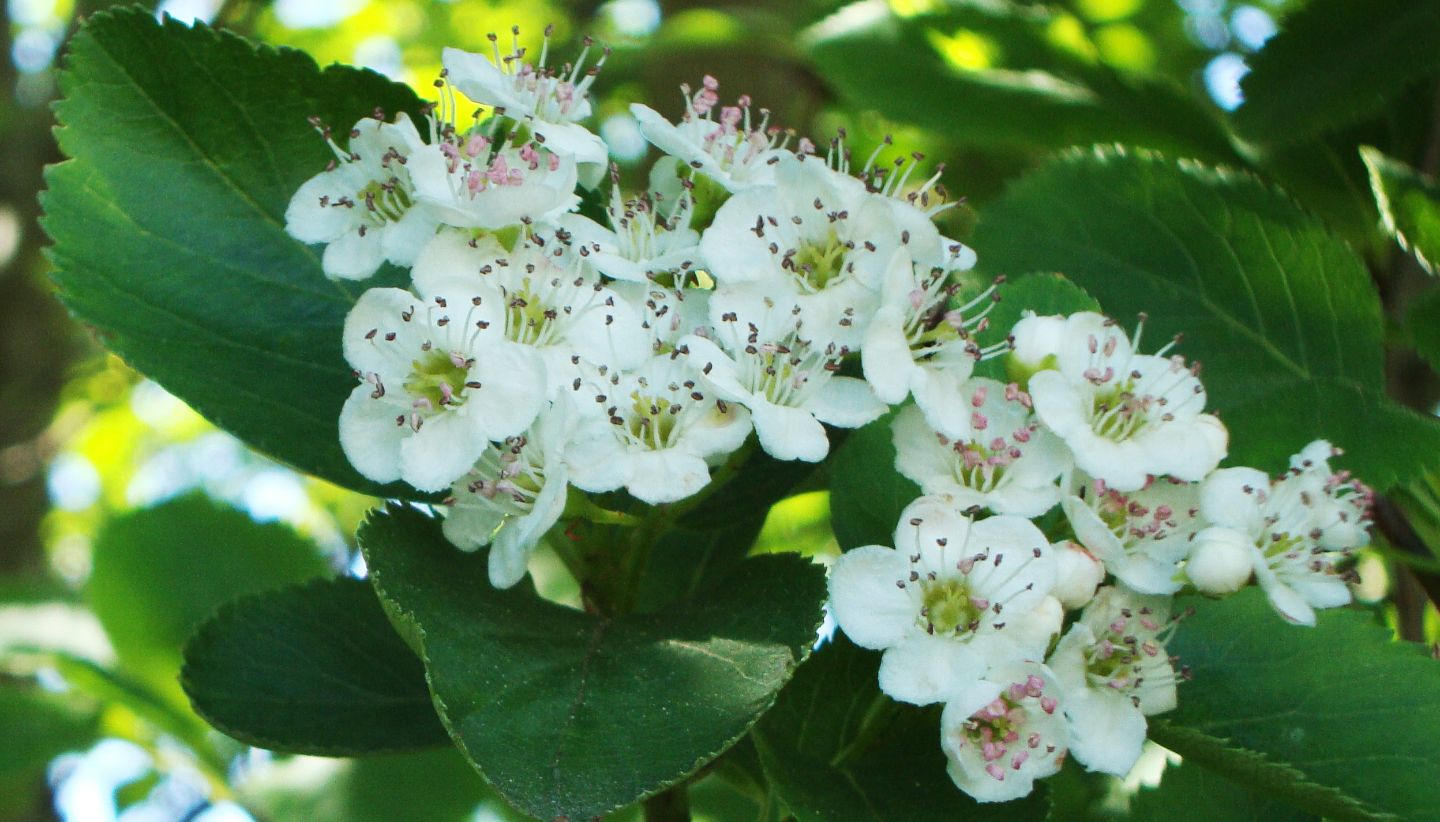This article attempts to assist the user in germinating Michaux’s Hawthorn seeds.
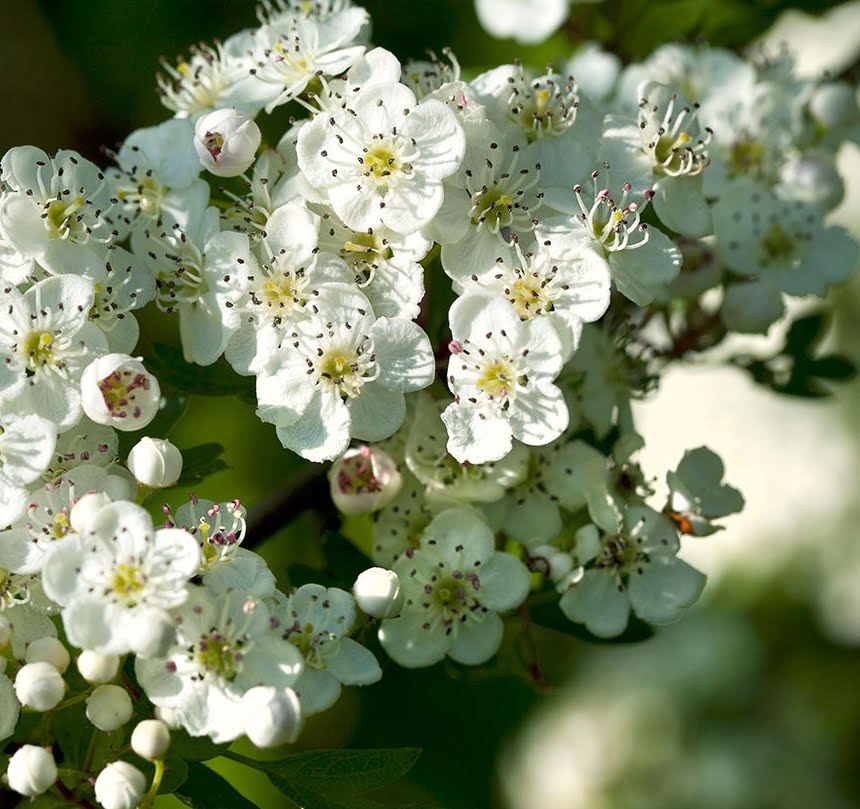
Hawthorn trees, belonging to the genus Crataegus, produce a type of fruit known as a pome. A pome is a specific type of fleshy fruit that is characteristic of the rose family, Rosaceae, to which hawthorns belong. In a pome, the outermost layer is fleshy and edible, while the innermost layer is a hard, woody core that contains the seeds. Apples and pears are other well-known examples of pomes.
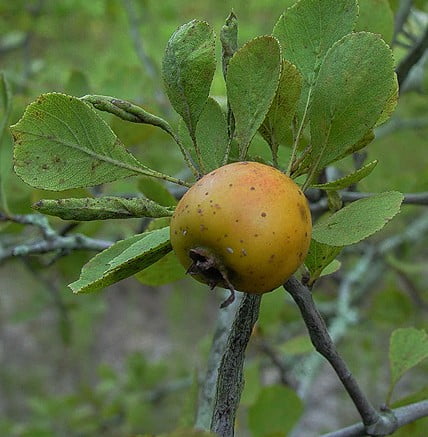
This species holds the distinction of possibly having the greatest number of scientific names attributed to it. However, Crataegus michauxii and Crataegus glandulosa are the two most commonly used. Their citations are:
CRATAEGUS MICHAUXII Persoon, Syn. Pl. 2: 38. 1806.
Crataegus glandulosa Michaux 1803, non Georgi 1775, nec Moench 1785, nec Aiton 1789.
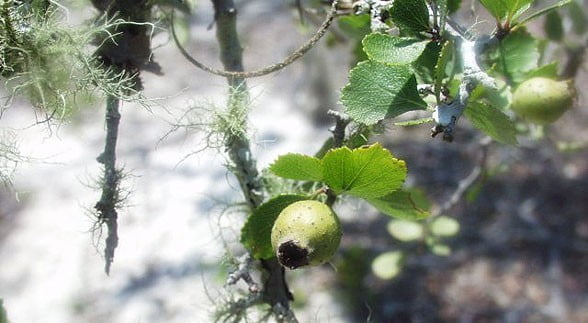
Preparation
- Clean Seeds: Soak the seeds in water for a few hours to soften the pulp.
- Remove the pulp and wash the seeds thoroughly.
- Sanitize with Dakin’s solution; 0.5% sodium hypochlorite.
- Rinse with clean water, preferably straining through a sieve.
See also: https://nativetreesfromseed.com/grow/extraction/berries
Scarification
Scarification is the process of breaking, scratching, or softening the seed coat to facilitate faster germination.
- Mechanical Scarification: Use sandpaper or a file to slightly scratch the seed coat. Be careful not to damage the inner seed.
- Chemical Scarification: This is less commonly used but involves soaking the seeds in a mild acid (like sulfuric acid) for a short period. This method is generally best left to professionals.
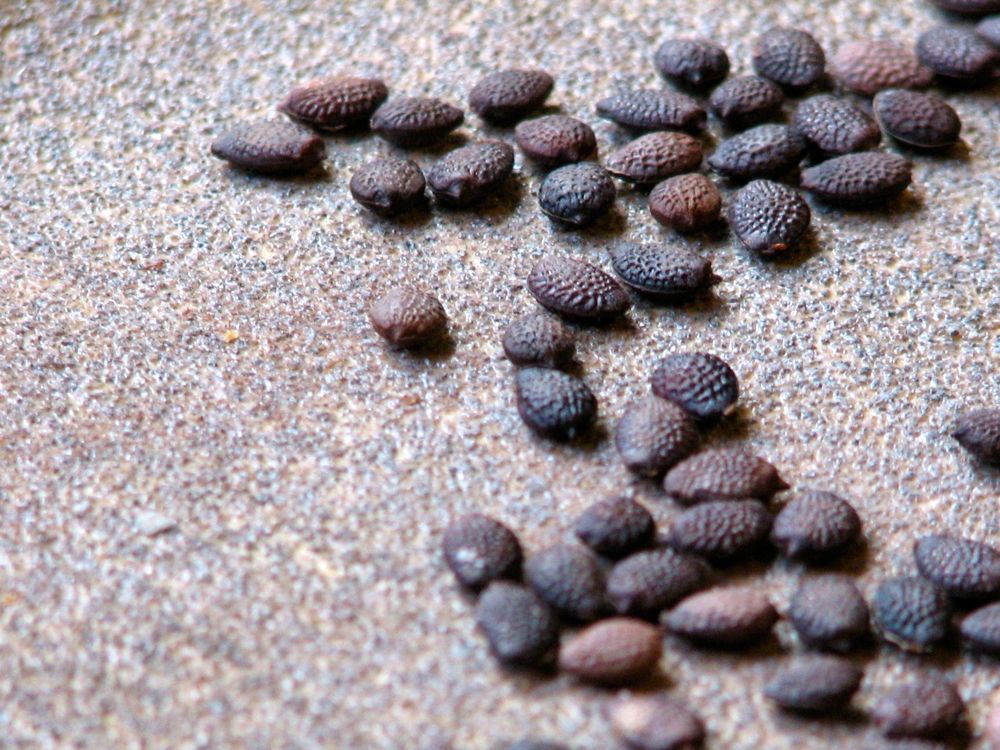
Stratification
Crataegus michauxii seeds often require cold stratification to break dormancy.
- Cold Stratification: Mix the seeds with moist sand or peat moss and place them in a sealed plastic bag.
- Refrigerate: Store the bag in the refrigerator at temperatures between 33°F to 41°F (1°C to 5°C) for about 90 to 120 days.
Germination
- Sowing: After stratification, sow the seeds in a well-draining soil mix, about 1/4-inch deep.
- Watering: Keep the soil consistently moist but not waterlogged.
- Temperature: Maintain a temperature of around 70°F (21°C) for optimal germination.
- Light: Provide plenty of indirect light.
- Patience: Germination can take several weeks, so patience is key.
Ecological Importance
Larval Host
Crataegus species, including michauxii, are known to be larval hosts for various moths. It is also a larval host plant for Gray Hairstreak (Strymon melinus), Red-spotted Purple (Limenitis arthemis astyanax), and Viceroy (Limenitis archippus).
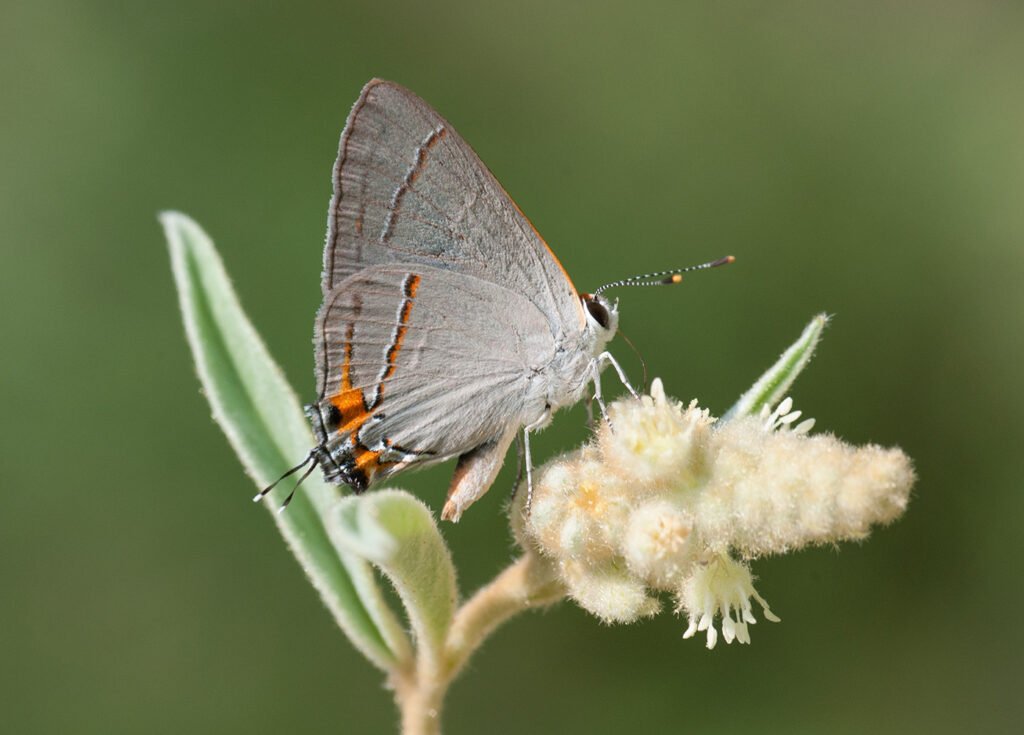
Species Support
Hawthorns (Crataegus spp.) are known to support a variety of wildlife. They provide food for birds and small mammals and are also used by a range of insect species. Hawthorns in general are valuable for biodiversity.
References
https://florida.plantatlas.usf.edu/Plant.aspx?id=2976
https://plants.ces.ncsu.edu/plants/crataegus-mollis/
